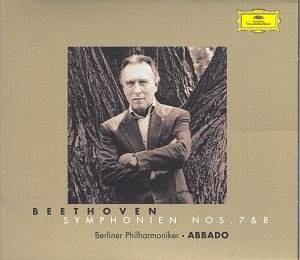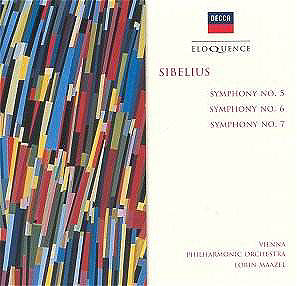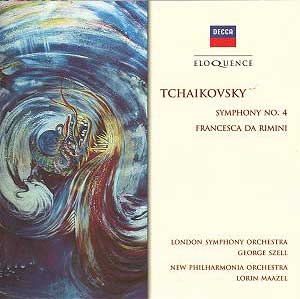 Composer: Johannes Brahms
Composer: Johannes Brahms
Works: Piano Concertos, Violin Concerto, Double Concerto, Waltzes Op. 39, Klavierstücke Op. 119
Performers: Karin Lechner, piano; Borika van den Booren, violin; Emmy Verhey, violin; Janos Starker, cello; Berliner Symphoniker; Amsterdam Philharmonic Orchestra conducted by Eduardo Marturet and Arpad Joo
Recording: BRILLIANT CLASSICS 99274 [3 CDs, 211’44]
Label: Brilliant Classics
Brahms’ concertos occupy a pivotal place in the Romantic repertoire, embodying a synthesis of classical forms and the emotional depth characteristic of the 19th century. These works, particularly the Piano Concertos and the Violin Concerto, are monumental in their structural complexity and orchestral integration. The performances collected in this budget box set present a mix of interpretative choices that often reflect the challenges inherent in rendering Brahms’ nuanced scores.
The Piano Concerto No. 1, performed by Karin Lechner, opens with a Maestoso that feels overly ponderous, lacking the dynamic tension and assertiveness that this movement demands. The initial piano entrance is unremarkable, presenting a coolness that undermines the dramatic intensity intended by Brahms. The interpretation falters in both momentum and clarity; while the slow movement reveals moments of intimacy, it is marred by an unfocused wind choir, which detracts from the overall cohesion. The finale suffers from a lack of orchestral dialogue, with the often-overlooked bass counter-themes failing to resonate as they should, leaving the listener yearning for a more organic interplay between the piano and orchestra. Eduardo Marturet’s conducting, while occasionally stirring, seems to impose a frantic energy rather than allowing the music to unfold naturally.
In contrast, the Second Piano Concerto finds Lechner in a more favorable light. Here, the orchestral forces appear more engaged, and the string section’s individual tonal qualities shine, particularly in the lyrical passages. Yet, the performance still grapples with exaggerated dynamics, which can feel forced rather than expressive. The interplay between Lechner and the orchestra becomes more assured, especially in the third movement, although the technical challenges presented by Brahms’ intricate writing occasionally lead to moments of disruption. The overall sound quality, though clear, lacks the warmth and depth necessary to fully appreciate the lush orchestration that Brahms employs.
The Violin Concerto, featuring Borika van den Booren, struggles under the weight of a slow and heavy interpretation. The initial movement lacks the necessary vigor, with the soloist’s tone feeling thin and her bowing at times unsure. Despite this, Marturet manages to highlight some of the richer orchestral textures, albeit at the cost of a performance that often feels burdensome. The concluding movement, with its glassy strings, does not convey the vibrant energy that one associates with Brahms’ orchestration.
The Double Concerto emerges as the standout performance of the collection. With Janos Starker and Emmy Verhey, the interpretation strikes a balance between technical precision and expressive phrasing. Their exchanges demonstrate a palpable chamber music intimacy, with Starker’s rich tone complementing Verhey’s pliable sound. Arpad Joo’s conducting of the Amsterdam Philharmonic reveals a deeper understanding of the score, allowing for a nuanced interplay that feels both organic and engaging.
while this set offers a substantial catalog of Brahms’ works, the unevenness in performance quality and interpretive choices suggests that listeners would be well served seeking out more definitive recordings. The lack of detailed documentation further complicates the experience, making it necessary for the discerning audience to investigate the background of these performances independently. The collection provides a glimpse into Brahms’ intricate world, but one is left wanting a more robust and compelling engagement with these masterworks.



